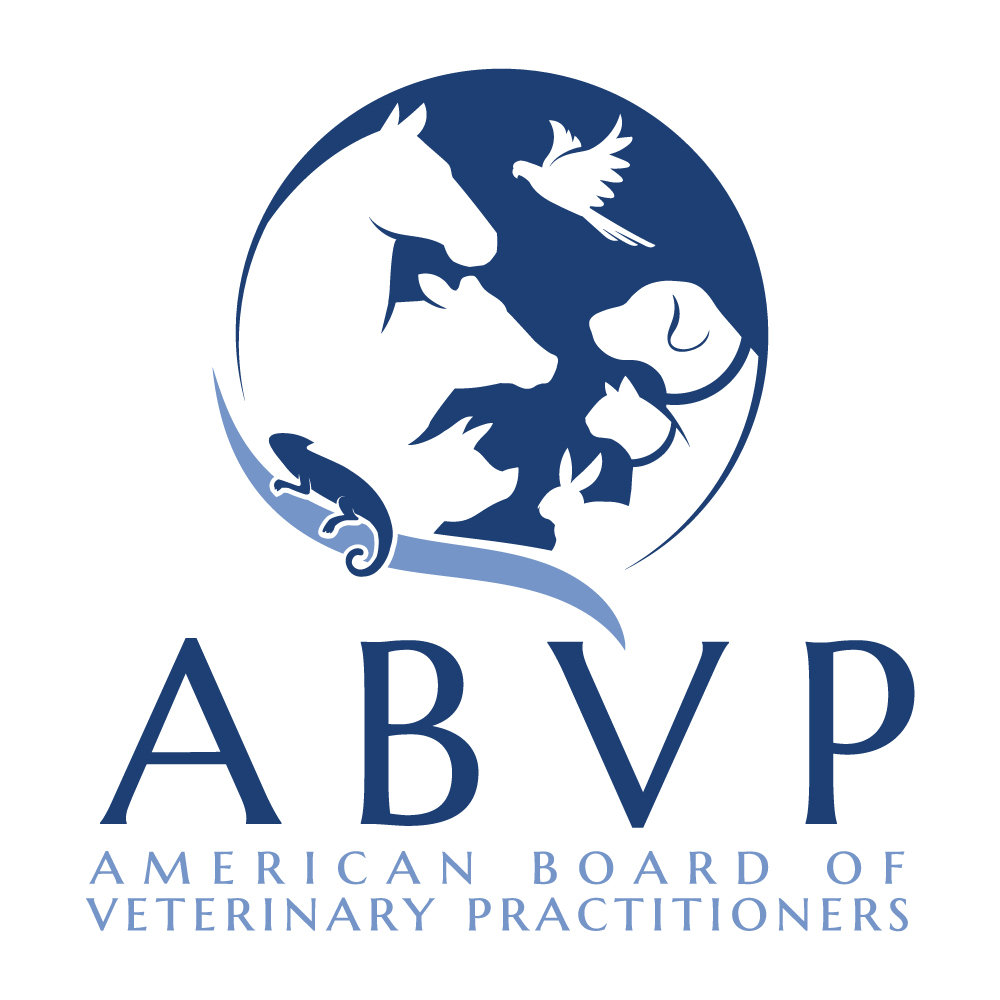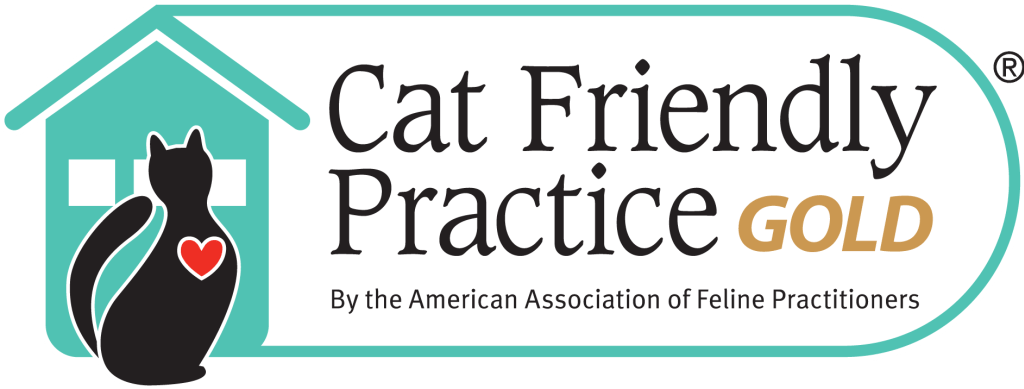- Home
- About Us
- Services
- Acupuncture
- Anesthesiology
- Bathing
- Boarding
- Cardiology
- Dentistry
- Dermatology
- Diagnostic Imaging
- Emergency Critical Care
- Endocrinology
- Endoscopy
- Feline Medicine and Surgery
- Herbal Therapy
- Internal Medicine
- Laboratory
- Laser Surgery and Therapy
- Neurology
- Nutrition
- Oncology
- Ophthalmology
- Pain Management
- Parasitology
- Pharmacy
- Preventive Medicine
- Surgery
- Telehealth
- Toxicology
- Ultrasonography
- Pet Owners
- Pet Library
- Forms
- Contact Us

Memorial-610 Hospital for Animals
(713)688-0387
www.mem610.com
Pet HealthVaccinations What does vaccination accomplish? Vaccines are given to prepare the body's immune system to protect against invasion by a particular disease-causing organism. Vaccines contain antigens which to the immune system "look" like the organism but don't cause disease. When the vaccine is introduced, the immune system responds by mounting a protective response. When the animal is subsequently exposed to the organism, the immune system is prepared and either prevents infection or reduces the severity of disease. Why do kittens and puppies require a series of vaccinations? Puppies and kittens receive antibody from colostrum (the first milk the mother produces) that is ingested during the early hours after birth. Maternal antibody helps protect against infectious disease until the kitten's own immune system is more mature. Unfortunately, maternal antibody also interferes with a vaccine's ability to stimulate the kitten's immune system. To counteract this problem, veterinarians often administer a series of vaccines, usually beginning when the kitten is around six to eight weeks of age, and then repeating vaccination at three or four week intervals until maternal antibody has waned, usually at around twelve weeks of age. In some cases (e. g., rabies vaccines) the initial vaccine is not given until maternal antibody has disappeared. Vaccine Reactions In most cases, the risks associated with vaccination are much smaller than the risks of disease if vaccines were not given. Occasionally, pets will experience some or all of the following mild side effects after receiving a vaccine, usually starting within hours of the vaccination. If these side effects last for more than a day or two, or cause your pet significant discomfort, please let us know:
A small, firm swelling under the skin may develop at the site of a recent vaccination. It should start to disappear within a couple weeks. If it persists more than three weeks, or seems to be getting larger, please contact your veterinarian to have it evaluated. Our Vaccination Protocols Our vaccination protocols are based on recently published studies and recommendations made by task forces including the AAFP/AFM Advisory Panel on Feline Vaccines and the AAHA Canine Vaccine Task Force. These are only general guidelines, as the vaccine types recommended and the frequency of vaccination vary depending on the lifestyle of the pet being vaccinated, travel plans, kennel/boarding plans, and underlying disease conditions such as immune-mediated diseases or pre-existing infections. Because these factors may change over time, we recommend the vaccination plan for each individual pet be decided by the veterinarian and owner at routine annual examinations, following a discussion about the animal’s lifestyle and consideration for any previous adverse reactions to a particular vaccine. Canine Core Vaccines Core vaccines are recommended for all puppies and dogs with an unknown vaccination history. The diseases involved are life-threatening and widely distributed, and in general, vaccination results in relatively good protection from disease. Canine Parvovirus, Leptospirosis, Distemper Virus, and Adenovirus-2 Vaccine This vaccine protects against a group of potentially fatal viral diseases. Parvovirus is highly contagious and attacks the digestive and immune system, causing debilitating diarrhea and vomiting. Leptospirosis is a bacterial infection transmitted primarily in urine from wild animals. We have measured the incidence of exposure in our practice to be approximately 10%. Distemper is also a highly contagious virus that attacks the respiratory, digestive, and brain/nervous systems of dogs. Canine adenovirus-2 causes respiratory disease and is one of the infectious agents commonly associated with canine infectious tracheobronchitis, or kennel cough. For puppies, vaccination is recommended every 3-4 weeks from 6-8 weeks of age, with the final booster being given no sooner than 16 weeks of age. For dogs older than 16 weeks of age, two doses of the vaccine are given 3-4 weeks apart. After a booster at one year, revaccination is recommended every 3 years thereafter. Canine Rabies Virus Vaccine Rabies is a 100% fatal disease of mammals. Because there is no effective treatment and the disease can also infect humans, vaccination against the rabies virus is required by law. In accordance with Texas state law, we require that puppies receive a single dose of killed rabies vaccine between 12 and 16 weeks of age. Adult dogs with unknown vaccination history should also receive a single dose of killed rabies vaccine. A booster is required one year later, and thereafter, rabies vaccination should be performed every 3 years using a vaccine approved for 3-year administration. Canine Non-Core Vaccines Non-core vaccines are optional vaccines that should be considered in light of the exposure risk of the animal, ie. based on geographic distribution and the lifestyle of the pet. Several of the diseases involved are often self-limiting or respond readily to treatment. Vaccination with these vaccines is generally less effective in protecting against disease than vaccination with the core vaccines. Canine Parainfluenza Virus and Bordetella bronchiseptica These are both agents associated with kennel cough in dogs. Vaccination is recommended for dogs expected to board, be shown, or to enter a kennel situation. We currently stock the intranasal vaccine containing both B. bronchiseptica and CPiV. For puppies and previously unvaccinated dogs, only one dose of this vaccine is required. The vaccine should be administered at least one week prior to the anticipated boarding date for maximum effect. Although some kennels require immunization every 6 months, annual booster vaccination with B. bronchiseptica vaccines is considered adequate for protection. Canine Influenza, Lyme, and Rattlesnake Vaccines: Vaccines are available for each of these disease-causing organisms, but their use is not routinely recommended for all dogs. Your veterinarian will help guide you in deciding whether your dog should receive any of these vaccines. Feline Core Vaccines Feline Herpesvirus 1, Feline Calicivirus and Feline Panleukopenia Virus Vaccine Feline calicivirus and feline herpes virus type I are responsible for 80-90% of infectious feline upper respiratory tract diseases. Most cats are exposed to either or both of these viruses at some time in their lives. Once infected, many cats never completely rid themselves of virus. These "carrier" cats continuously or intermittently shed the organisms for long periods of time and serve as a major source of infection to other cats. The currently available vaccines will minimize the severity of upper respiratory infections, although none will prevent disease in all situations. Feline panleukopenia (also called feline distemper) is a highly contagious and deadly viral disease of cats. Feline panleukopenia virus is extremely hardy, is able to survive extremes of temperature and humidity for many months, and is resistant to most available disinfectants. For kittens, vaccination is recommended every 3-4 weeks from 6-8 weeks of age, with the final booster being given no sooner than 16 weeks of age. For cats older than 16 weeks of age, two doses of vaccine given 3-4 weeks apart are recommended. After a booster at one year, revaccination is suggested every 3 years thereafter for cats at low risk of exposure. Feline Rabies Virus Vaccine Rabies is an ongoing threat to cats. At the present time, the number of reported feline rabies cases in the United States far exceeds that of all other domestic animals. Rabies in cats is also a major public health concern. Because of the routinely fatal outcome of infection in cats, and the potential for human exposure, rabies vaccination is highly recommended for all cats; it is required by law in Texas. In general we recommend that kittens receive a single dose of killed or recombinant rabies vaccine between 12 and 16 weeks of age. Adult cats with unknown vaccination history should also receive a single dose of killed or recombinant rabies vaccine. For the recombinant vaccines, boosters are recommended at yearly intervals. We currently stock and suggest the use of the recombinant rabies vaccine, because there is some evidence that it is associated with a decreased risk of sarcoma formation.* Feline Leukemia Virus Vaccine Feline leukemia virus (FeLV) is the leading viral killer of cats. The virus is spread from cat-to-cat through bite wounds, through casual contact with infected cats, and from an infected mother cat to her kittens. The individuals most at risk of infection are outdoor cats, indoor/outdoor cats, and cats exposed to such individuals. Cats living in households with FeLV-infected cats or with cats of unknown infection status are also at risk. As of 2006, the AAFP recommends primary vaccination of all kittens for FeLV, but the decision to administer booster vaccines is based on risk assessment. Ongoing vaccination is not recommended for FeLV-positive cats and indoor cats with no likelihood of exposure to FeLV. Initially, two doses of FeLV vaccine are given at 2-4 week intervals, after which annual boosters are recommended depending on risk. *For more information regarding vaccine-associated feline sarcomas, please visit https://www.avma.org/About/AlliedOrganizations/Pages/vafstf.aspx |








